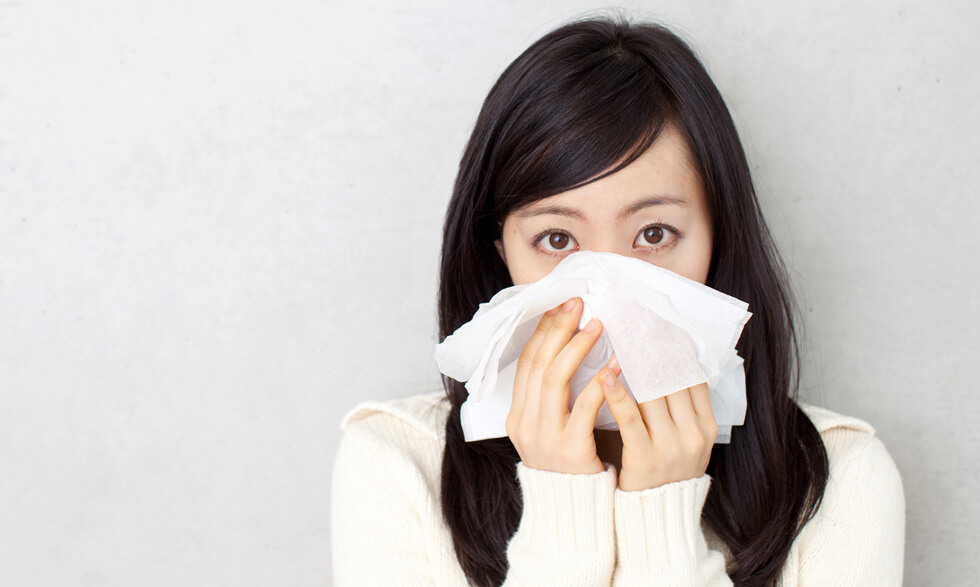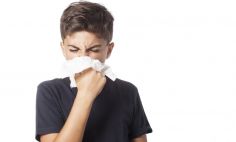Winter and early spring typically bring colds, the flu, and allergies—though they can occur at any time of the year. Determining what you have can be challenging.
All three affect your respiratory system, the organs involved in breathing. These include your lungs, nose, and throat.
They also have some similar symptoms, like coughing and stuffy noses. However, there are a few key differences.
The flu often causes a high fever that lasts for three to four days. The flu can also cause a headache, fatigue, and general aches and pain. It often comes on suddenly, whereas cold symptoms tend to appear gradually.
Both colds and the flu usually last no more than two weeks. They are caused by viruses. The flu is caused by influenza virus, while colds might be caused by any of several viruses, including rhinovirus and coronavirus.
Allergies are a little different. Airborne allergies are caused by your immune system's reaction to an allergen, like pollen from trees, dust mites in the home, or pet dander. Allergy symptoms caused by pollens can last up to six weeks during pollen seasons in the spring, summer, or fall. Allergy symptoms caused by dust mites or pet dander can be present throughout the year. Allergies can also cause nose itching and watery, itchy eyes, which you don't get with colds or the flu.
Complications from the cold or flu can also lead to pneumonia. Pneumonia is a serious infection in one or both of the lungs. It's caused by bacteria or a virus and requires quick treatment.
To treat colds or the flu, get plenty of rest and drink lots of fluids. If you have the flu, pain relievers can help reduce fever or aches. Allergies can be treated with nasal steroid sprays, antihistamines, or allergy shots.
If you think you have pneumonia, your symptoms are severe, or you are not improving, contact your health care provider.
Common Cold
- Symptoms last up to two weeks.
- Include stuffy and runny nose, sore throat, and cough.
- Treated with rest, fluids, and over-the-counter medicines to ease symptoms.
Seasonal Flu
- Symptoms usually last one to two weeks.
- Include high fever (100–102 °F, or higher in kids), headache, aches and pains, weakness, exhaustion, cough, and chest discomfort.
- Treated with rest, fluids, OTC medicines, and prescription antiviral drugs.
Airborne Allergy
- Lasts as long as allergens are present. Examples of allergens include pollen, dust mites, and pet dander. Pollens are present during certain seasons and for short duration, while indoor allergens may be present all year.
- Symptoms include stuffy and runny nose, nose itching, and itchy and watery eyes.
- Treated with nasal steroids, antihistamines, decongestants, and in some patients, allergy shots.
Pneumonia
- Symptoms include high fever, chills, cough that doesn't improve or gets worse, shortness of breath, and chest pain when you breathe or cough.
- Signs include feeling suddenly worse after a cold or the flu.
- Treated with antibiotics or antiviral medicines depending on the type of pneumonia you have.







